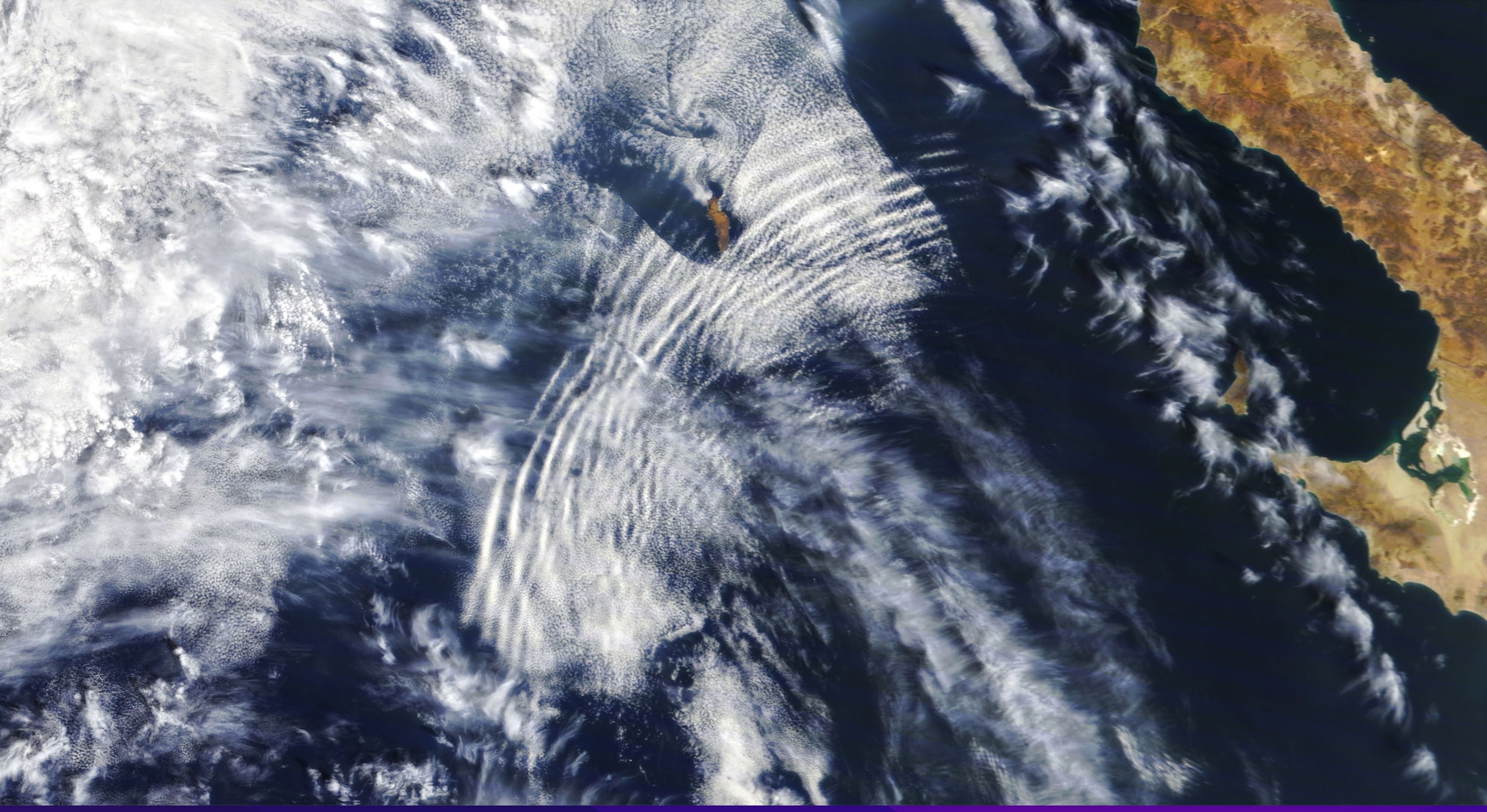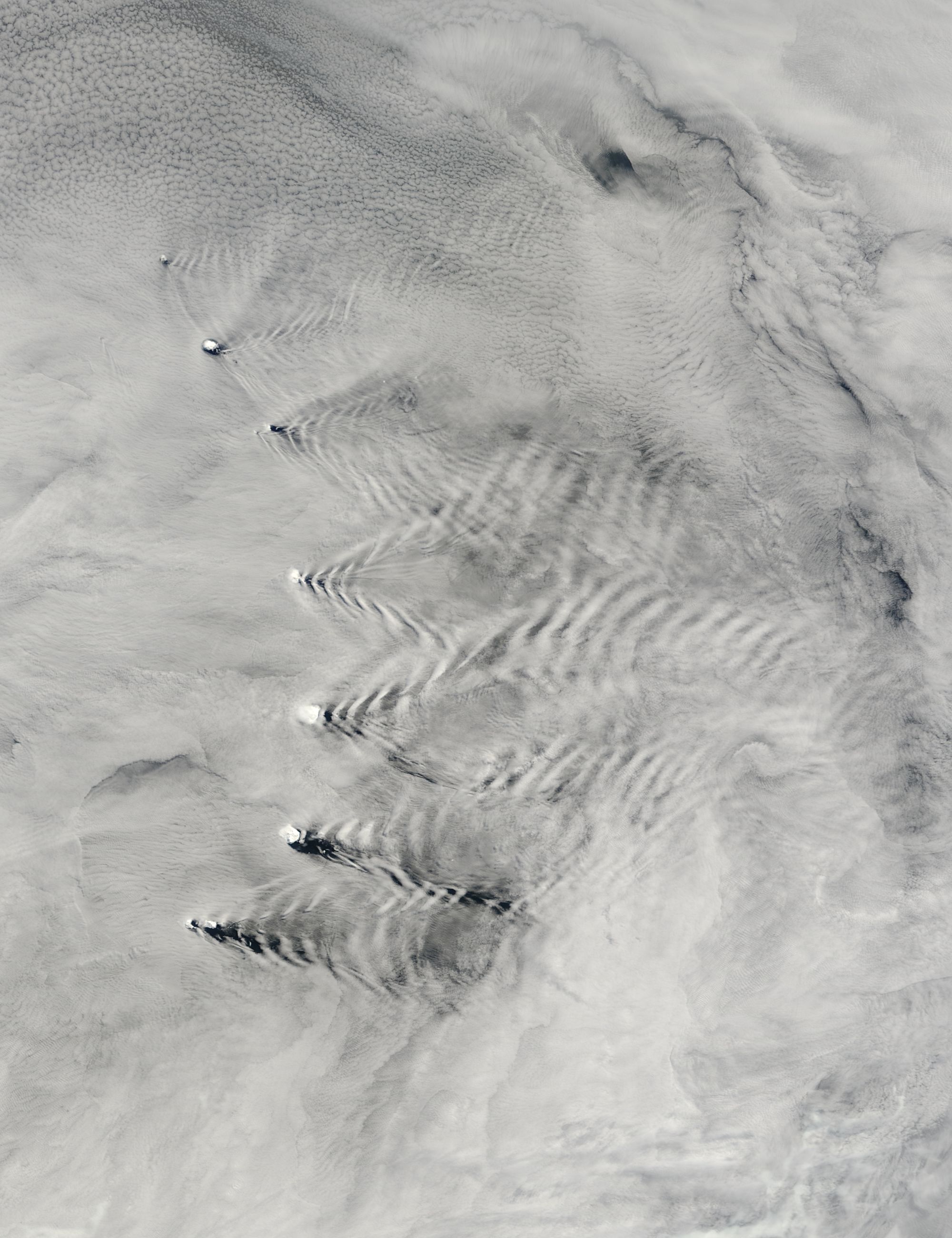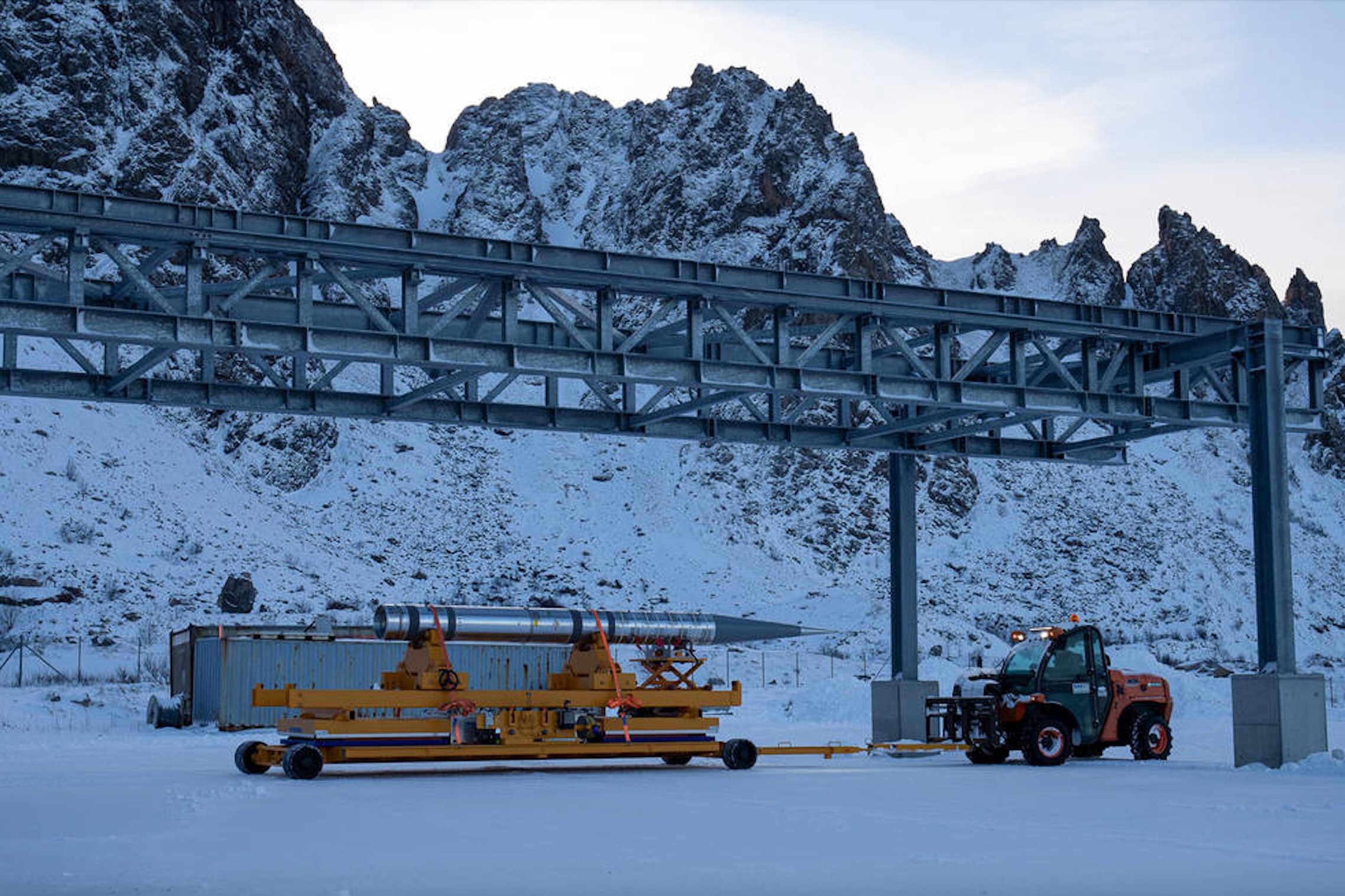NASA rockets search for hurricane-like swirls at the edge of space
Two of the four VortEx sounding rockets launched from Norway on Thursday night (March 23).

Scientists are using rockets to search for giant hurricane-like swirls in the region near where Earth's atmosphere meets space.
These vortices could be important for understanding weather patterns in the upper atmosphere that impact the entire planet, as well as "buoyancy waves" that travel all the way up to space.
NASA's Vorticity Experiment (VortEx) employs four sounding rockets launched in pairs to characterize dynamics in the upper mesosphere and lower thermosphere, layers of Earth's atmosphere that lie roughly 56 to 75 miles (90 to 120 kilometers) above the planet. The first two of these four rockets launched from Norway on Thursday night (March 23).
Related: Earth's atmosphere: Facts about our planet's protective blanket
In particular, the mission is hunting high-altitude winds that can buffet tall buildings, mountaintops and aircraft, and which have effects that extend well past humanity's usual reach into the upper atmosphere. These winds cause buoyancy waves, which NASA describes as giant pulses of energy that drive changes at our planet's interface with space.
Buoyancy waves "could come from approaching storm fronts, or winds hitting the mountains and being sent upwards," VortEx principal investigator Gerald Lehmacher, a professor of physics at Clemson University in South Carolina, said in a statement.
This phenomenon can drive a gust or disturbance that suddenly pushes denser air upward into a lower-pressure region of the atmosphere. This creates an oscillation as the atmosphere tries to return to equilibrium, generating buoyancy waves that spread outward from the disturbance, similar to ripples created when a stone is dropped into a pond.
Breaking space news, the latest updates on rocket launches, skywatching events and more!
Buoyancy waves may be common, but the effect they have in the upper atmosphere — particularly what happens when they meet the edge of Earth's boundary with space — is still something of a mystery.
"In the broadest sense, this experiment is about learning about the fate of buoyancy waves at the edge of space," Lehmacher said.

The scientists behind VortEx are seeking answers regarding a specific phenomenon — hurricane-shaped swirls, or vortices, which are thought to be created when buoyancy waves rise through stable parts of the atmosphere, causing the air to move in giant swirls.
"They could turn into whirls," Lehmacher said. "This could be happening everywhere in the atmosphere, but we simply don't have the measurements to know."
These vortices can stretch for tens of miles, making them too large to be measured effectively using conventional methods. That's why VortEx is going the unconventional route, using rockets to measure winds across widely spread locations.
To obtain these measurements, the VortEx mission is launching four suborbital rockets from the Andøya Space Center in Norway, two at a time with a delay of a few minutes. Each pairing includes one high-flying rocket, a Black Brant 9 that can reach altitudes of around 373 miles (600 km), and one lower-altitude rocket, the Terrier-Improved Orion, which can soar to heights of around 217 miles (350 km). After a few minutes of flight, the rockets fall back to Earth, landing in the Norwegian Sea.
While the Black Brant 9 will help measure winds at an altitude of around 224 miles (360 km), the Terrier-Improved Orion will assist in the measurement of air density, which affects how vortices form, at a height of around 87 miles (140 km). The VortEx rockets conduct these measurements by releasing luminescent clouds into the atmosphere.
To ensure the clouds are spread across a wide distance so large-scale patterns can be spotted, the four rockets will eject four sub-payloads one at a time. Each sub-payload will potentially get 25 miles (40 km) from the rocket before releasing luminescent clouds.
The net result will be 16 different clouds at differing heights that spread to different distances. The VortEx team will study these clouds for swirling patterns using the Alomar Observatory in Andenes, Norway, to detect buoyancy waves happening in real time.
The potential for spotting buoyancy waves will be boosted by the presence of the Scandinavian mountains, which run the length of Norway from north to south, in the testing region. The mountains are a steady source of buoyancy waves created as winds hit their slopes and move upward, VortEx team members said.
The measurement of vortices by the VortEx mission could be a major step forward in the understanding of upper atmospheric weather, which can affect GPS navigation and communication signals. These vortices could also shed light on buoyancy waves that can't be modeled accurately by computers, as the behavior of vortices is much easier to predict.
"Vortical structures follow certain universal rules that we could put into models to make them work at these scales," Lehmacher concluded. "Instead of tracking individual buoyancy waves, you would just describe them with a spectrum of vortices."
The VortEx mission was originally supposed to launch from the Andøya Space Center on March 17, but uncooperative weather pushed the liftoffs back repeatedly. The first pair of rockets got off the ground on Thursday (March 23); the second pair apparently has not yet launched.
Follow us on Twitter @Spacedotcom and on Facebook.

Robert Lea is a science journalist in the U.K. whose articles have been published in Physics World, New Scientist, Astronomy Magazine, All About Space, Newsweek and ZME Science. He also writes about science communication for Elsevier and the European Journal of Physics. Rob holds a bachelor of science degree in physics and astronomy from the U.K.’s Open University. Follow him on Twitter @sciencef1rst.

